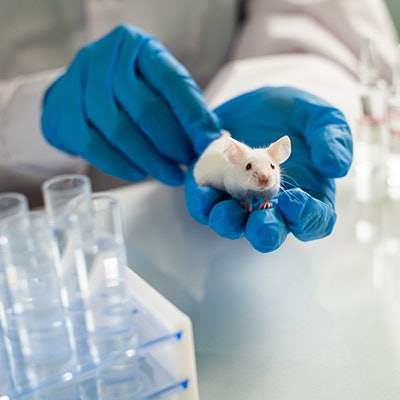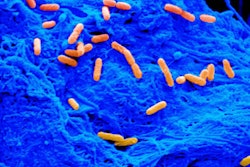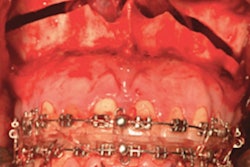
Researchers in Japan successfully developed scaffolding that supports the growth of new bone in mice with large jaw defects, the results of which were published in August in PNAS Nexus.
The researchers, led by Dr. Masahiro Saito of Tohoku University in Sendai, Japan, developed the cottonlike scaffold, which was made from polylactic acid and gelatin. The scaffold was made using a technique called electrospinning, which applies high voltage to a polymer solution to stretch its fibers. The team discovered that the scaffold could hold and grow bone cells, including immature osteoblasts taken from human jawbones (PNAS Nexus, August 8, 2022).
While the human cell-carrying scaffolds failed in pig models, success was seen in mouse models. The researchers wrote that strong bone formed inside the large defects within eight weeks. The bone was also strong enough to withstand the insertion of dental implants.
While more research is needed, the team plans to complete an application for manufacturing and marketing approval as a regenerative medicine product by 2026.



















